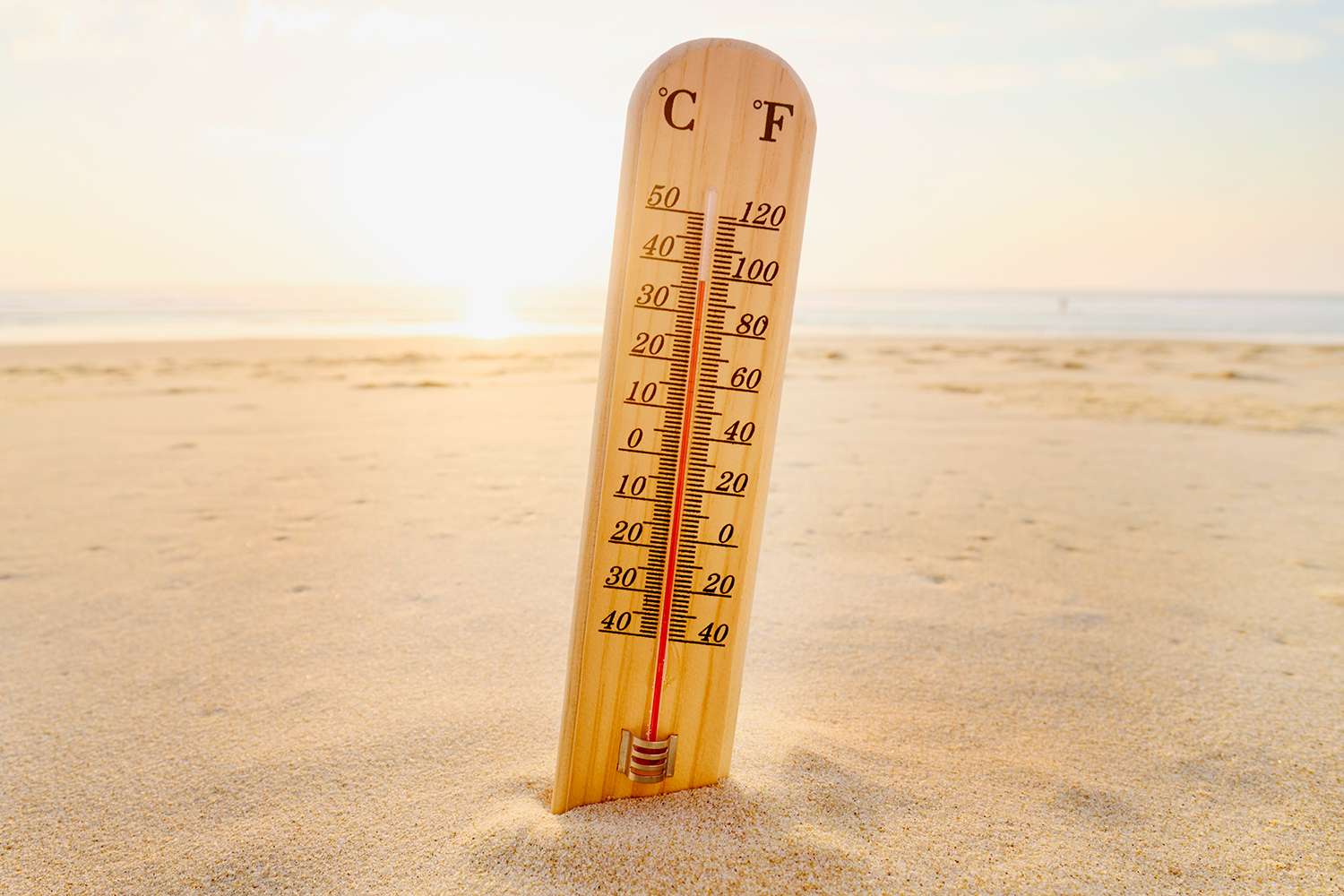
Heat waves are more than just uncomfortable—they can be deadly. Did you know that heat waves kill more people in the U.S. than any other weather-related event? These extreme temperature events can cause heat exhaustion, heat stroke, and even death. Understanding the dangers and facts about heat waves can help you stay safe during these scorching periods. From historical records to surprising statistics, this article will cover 25 essential facts about heat waves. Whether you're curious about the hottest places on Earth or want to know how to protect yourself, you'll find valuable information here. Stay informed and stay cool!
What Are Heat Waves?
Heat waves are prolonged periods of excessively hot weather, often accompanied by high humidity. These extreme weather events can have severe impacts on health, the environment, and infrastructure. Here are some fascinating and alarming facts about heat waves.
-
Definition: A heat wave is typically defined as a period of abnormally high temperatures, more than the normal maximum temperature, lasting more than two days.
-
Historical Heat Waves: The 2003 European heat wave caused over 70,000 deaths, making it one of the deadliest in recorded history.
-
Urban Heat Islands: Cities often experience higher temperatures than rural areas due to human activities and infrastructure, a phenomenon known as the urban heat island effect.
Health Impacts of Heat Waves
Heat waves can have serious health consequences, especially for vulnerable populations like the elderly, children, and those with pre-existing health conditions.
-
Heatstroke: Prolonged exposure to high temperatures can lead to heatstroke, a life-threatening condition that requires immediate medical attention.
-
Dehydration: High temperatures increase the risk of dehydration, which can cause dizziness, confusion, and even organ failure.
-
Respiratory Issues: Heat waves can exacerbate respiratory problems, particularly in individuals with asthma or other lung conditions.
Environmental Effects of Heat Waves
Heat waves don't just affect humans; they also have significant impacts on the environment.
-
Wildfires: High temperatures and dry conditions during heat waves can lead to wildfires, destroying habitats and property.
-
Water Shortages: Increased evaporation rates during heat waves can lead to water shortages, affecting both drinking water supplies and agriculture.
-
Ecosystem Disruption: Prolonged heat can disrupt local ecosystems, affecting plant and animal life.
Economic Consequences of Heat Waves
The economic toll of heat waves can be staggering, affecting various sectors from agriculture to energy.
-
Agricultural Losses: Crops can wither and die during extreme heat, leading to significant agricultural losses.
-
Energy Demand: Heat waves often lead to increased energy demand for air conditioning, which can strain power grids and lead to blackouts.
-
Infrastructure Damage: Roads and railways can buckle under extreme heat, causing transportation disruptions.
Climate Change and Heat Waves
Climate change is making heat waves more frequent and severe. Understanding this connection is crucial for future planning and mitigation.
-
Increased Frequency: Climate change is causing an increase in the frequency and intensity of heat waves worldwide.
-
Longer Duration: Heat waves are lasting longer due to changing climate patterns, increasing their impact.
-
Global Warming: Rising global temperatures contribute to more extreme heat events, affecting millions of people.
Mitigation and Adaptation Strategies
While heat waves are inevitable, there are ways to mitigate their impact and adapt to their increasing frequency.
-
Green Spaces: Planting trees and creating green spaces in urban areas can help reduce the urban heat island effect.
-
Cooling Centers: Establishing cooling centers can provide relief for vulnerable populations during extreme heat.
-
Early Warning Systems: Implementing early warning systems can help communities prepare for and respond to heat waves more effectively.
Interesting Facts About Heat Waves
Here are some lesser-known but intriguing facts about heat waves that highlight their complexity and impact.
-
Nighttime Temperatures: Heat waves often cause nighttime temperatures to remain high, preventing the environment from cooling down.
-
Historical Records: The highest temperature ever recorded was 134°F (56.7°C) in Death Valley, California, in 1913.
-
Global Impact: Heat waves are not confined to one region; they occur worldwide, affecting both developed and developing countries.
Personal Safety During Heat Waves
Knowing how to stay safe during a heat wave can save lives. Here are some essential tips.
-
Stay Hydrated: Drinking plenty of water is crucial to prevent dehydration during a heat wave.
-
Avoid Strenuous Activities: Limiting physical activities during the hottest parts of the day can reduce the risk of heat-related illnesses.
-
Wear Light Clothing: Light-colored, loose-fitting clothing can help keep the body cool.
-
Use Fans and Air Conditioning: Utilizing fans and air conditioning can provide much-needed relief from extreme heat.
The Heat is On
Heat waves are no joke. They’re becoming more frequent and intense due to climate change. These extreme weather events can lead to serious health issues like heatstroke and dehydration. Vulnerable groups, such as the elderly and young children, are at higher risk. It’s crucial to stay hydrated, seek shade, and avoid strenuous activities during peak heat. Urban areas often experience higher temperatures due to the heat island effect, making it even more important to find ways to cool down. Simple actions like planting trees and using reflective materials on buildings can help reduce temperatures. Awareness and preparation can save lives. Stay informed about weather forecasts and heed heat advisories. By understanding the dangers and taking preventive measures, we can better protect ourselves and our communities from the scorching heat. Stay cool and stay safe!
Was this page helpful?
Our commitment to delivering trustworthy and engaging content is at the heart of what we do. Each fact on our site is contributed by real users like you, bringing a wealth of diverse insights and information. To ensure the highest standards of accuracy and reliability, our dedicated editors meticulously review each submission. This process guarantees that the facts we share are not only fascinating but also credible. Trust in our commitment to quality and authenticity as you explore and learn with us.
